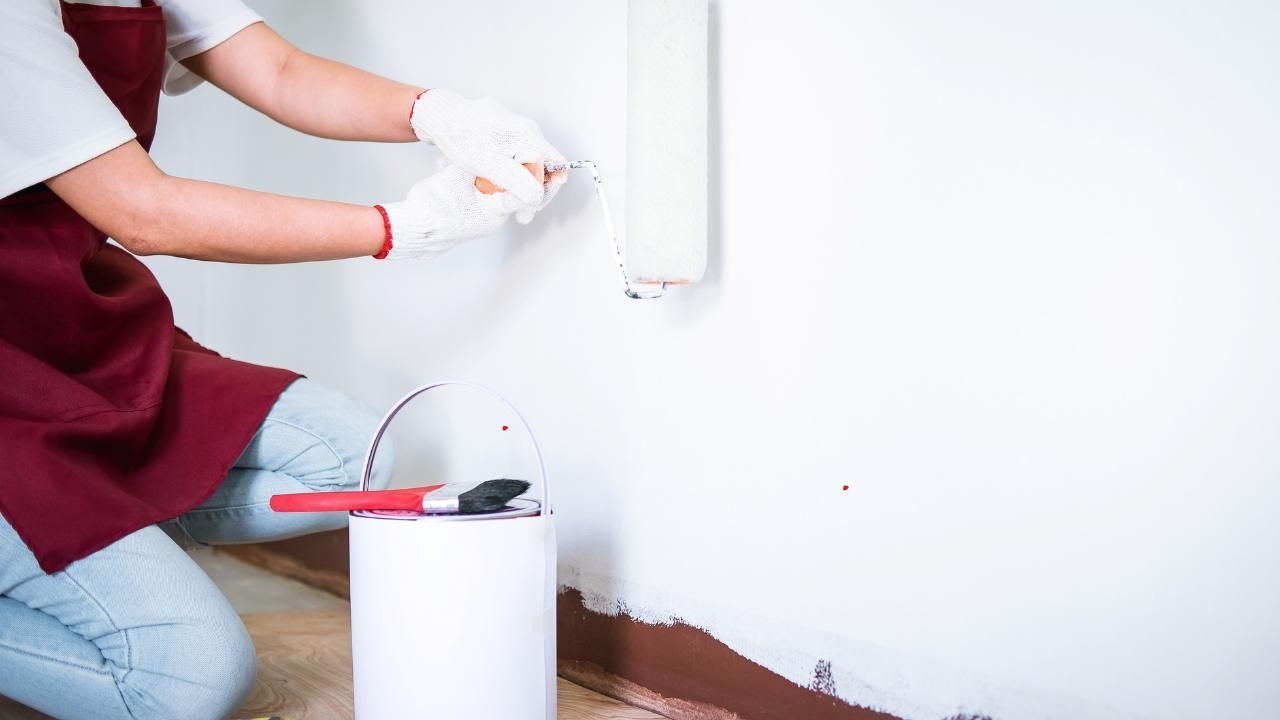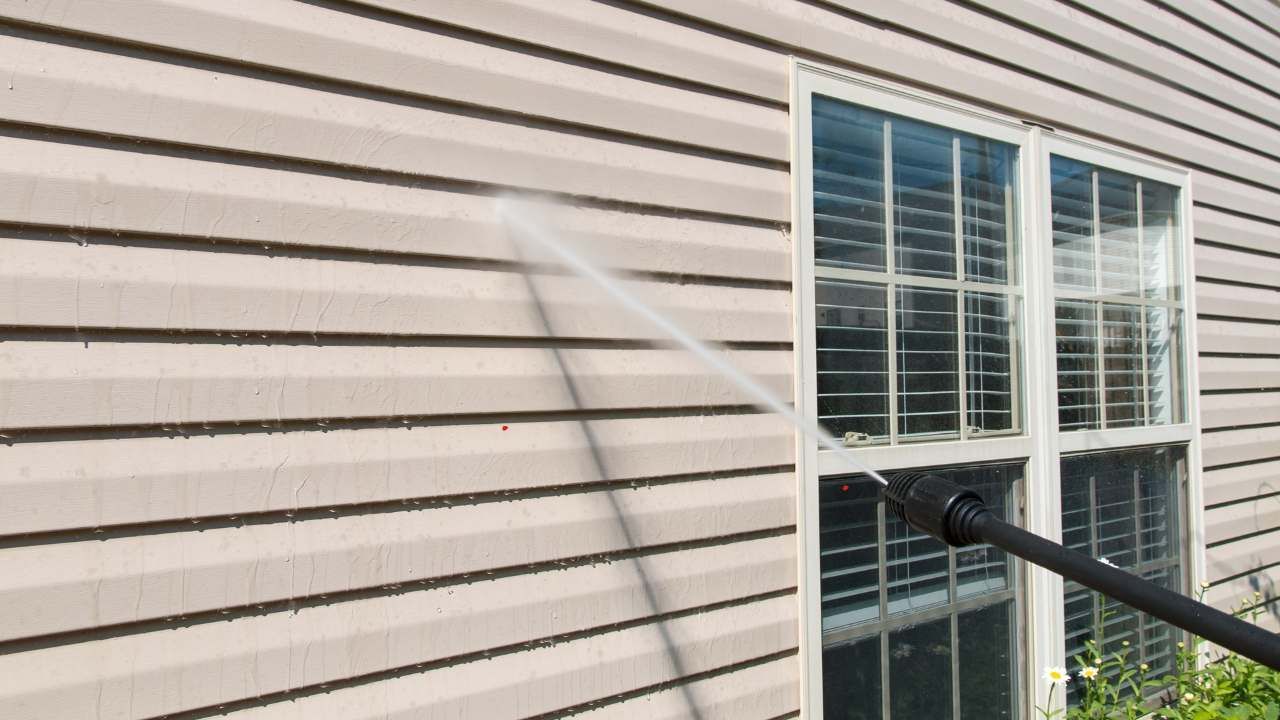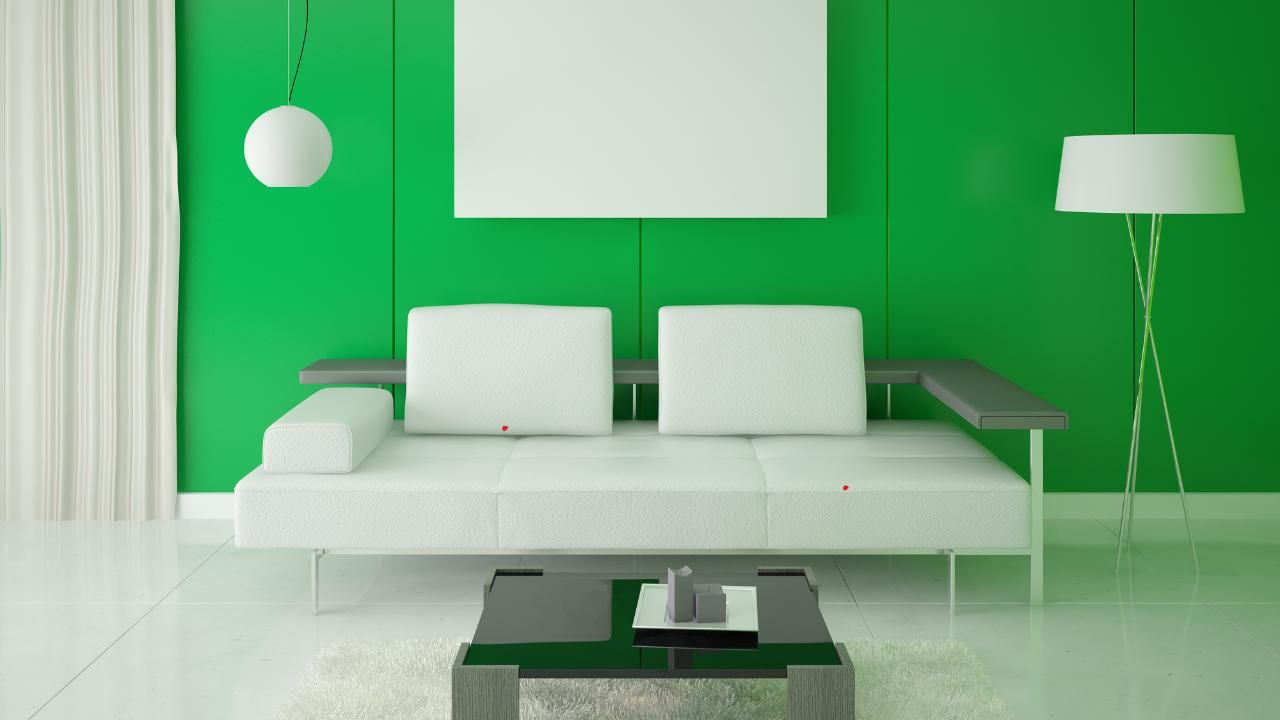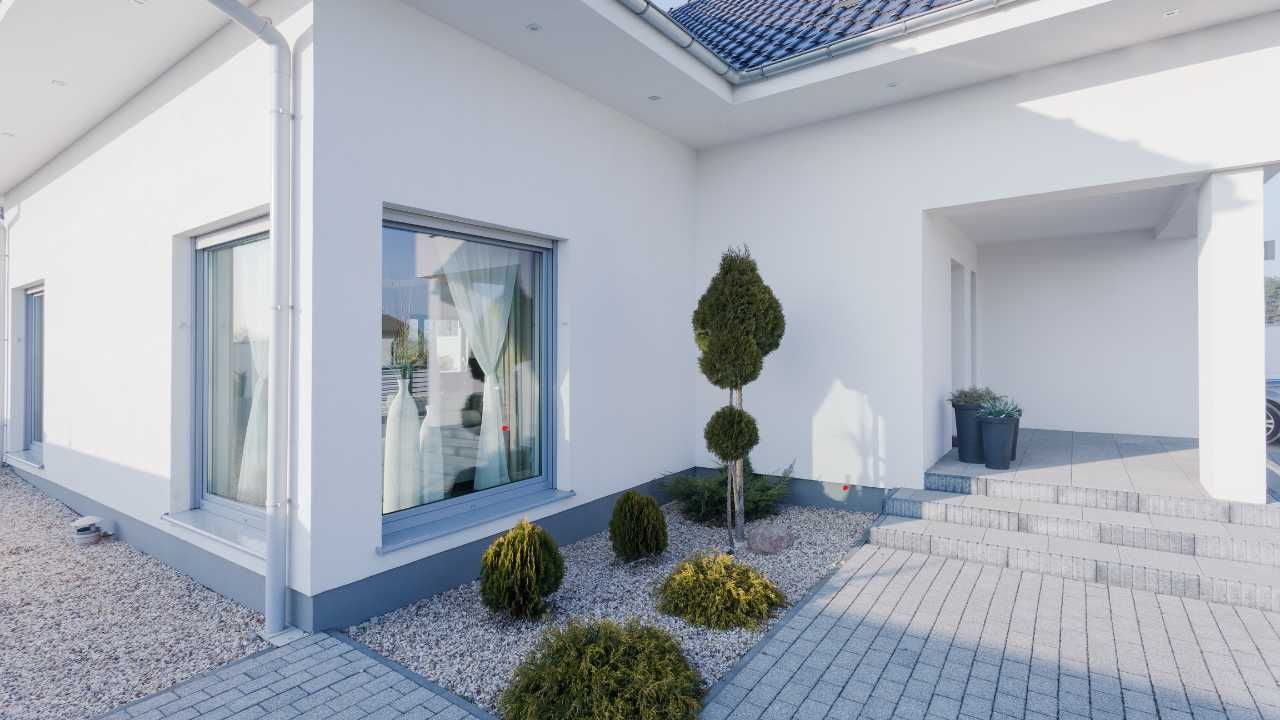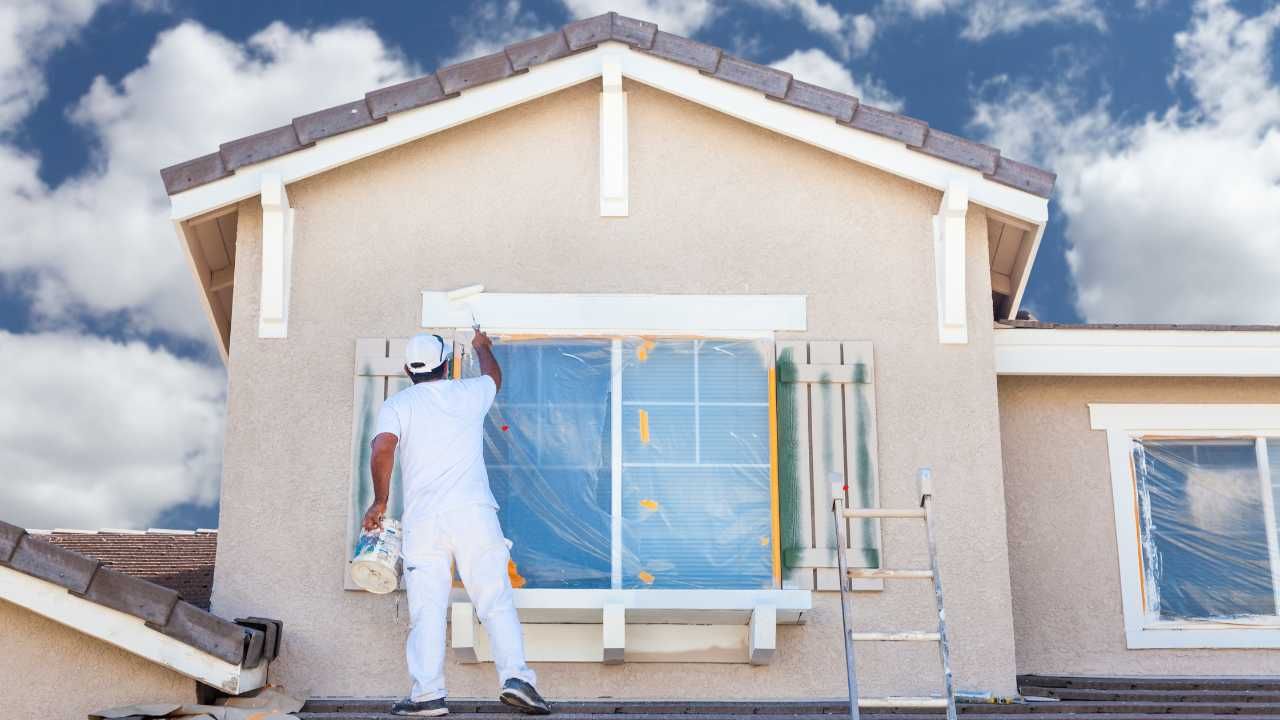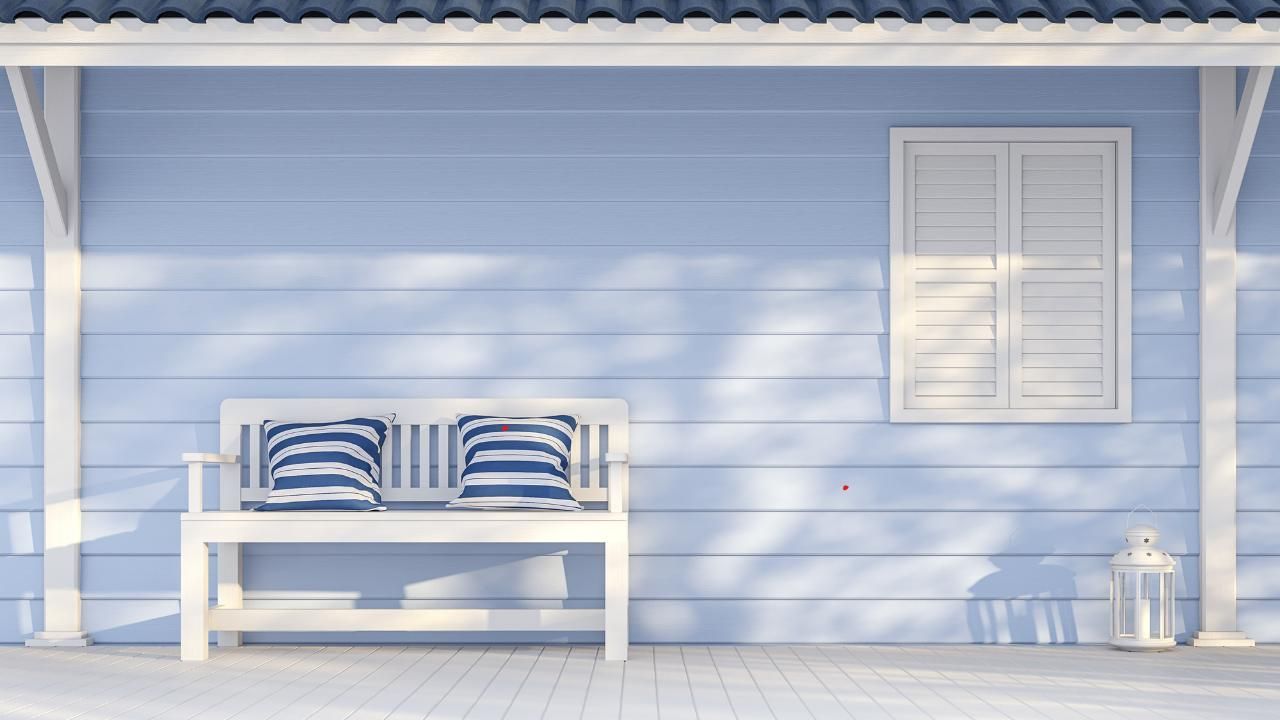From Fading to Fabulous: Preventing Sun Damage with Quality Paint in Washington
Challenges Posed By Sun Damage in Washington
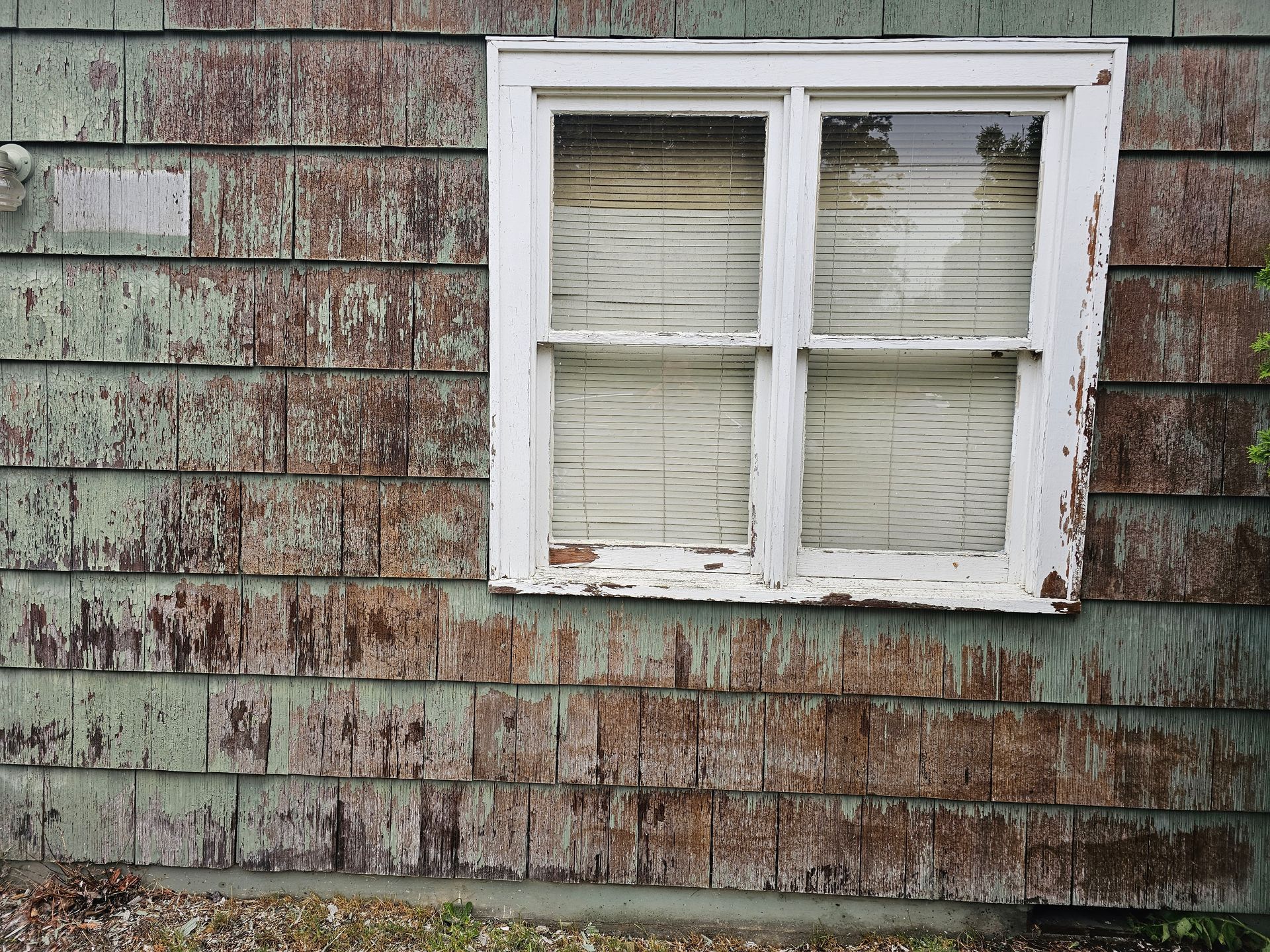
The picturesque landscapes of Washington are known for their natural beauty and varied climates. However, the same elements that make this state stunning can also pose challenges to the longevity and vibrancy of exterior surfaces, particularly when it comes to the damaging effects of the sun. In this blog post, we will delve into the impact of sunlight on painted surfaces, explore the specific challenges faced by Washington residents, and discuss how choosing high-quality paints and implementing proper maintenance practices with Next Step Painting can transform your exterior from fading to fabulous.
Understanding Sun Damage in Washington
- UV Rays and Paint Fading: Sunlight, specifically the ultraviolet (UV) rays it carries, is a major culprit behind the fading of painted surfaces. These high-energy rays penetrate the paint film, breaking down the pigments and binders that give color and durability to the coating. As a result, colors gradually lose their vibrancy, and the overall appearance of the house paint becomes dull and washed out.
- Heat and Paint Deterioration: Washington experiences diverse weather conditions, including warm and sunny days, especially during the summer months. The combination of UV exposure and heat can lead to the deterioration of paint. The excessive warmth causes expansion and contraction of the paint film, leading to cracking, peeling, and overall reduced adhesion.
- Moisture and Mold Growth: While not directly related to sunlight, the moisture generated by the temperate climate in Washington can contribute to mold and mildew growth on painted surfaces. These unsightly organisms not only compromise the aesthetic appeal of the paint but can also lead to structural damage if left untreated. Washington's climate poses unique challenges to maintaining exterior surfaces. From the rainy coastal areas to the sunnier and drier eastern regions, residents need to consider various factors when choosing paints and protective measures.
- Coastal Climates: Coastal areas in Washington are prone to high humidity, salt air, and frequent rain. These conditions can accelerate the deterioration of exterior paints, making it crucial to choose coatings with robust moisture resistance and mold-inhibiting properties.
- Eastern Washington's Arid Conditions: In contrast, the eastern part of the state experiences arid conditions with intense sunlight. Prolonged exposure to the sun's rays can lead to faster paint fading and degradation. Residents in these regions should focus on selecting paints with exceptional UV resistance.
Choosing the Right Paint
- UV-Resistant Paints: When combating sun damage, selecting paints with UV-resistant properties is paramount. These paints contain additives that act as a shield, blocking harmful UV rays and preventing them from breaking down the paint film. Look for labels specifying UV protection when shopping for exterior paints.
- High-Quality Binders and Pigments: The quality of binders and pigments in a paint formulation directly influences its durability and color retention. Premium paints often contain high-quality ingredients that resist fading, cracking, and peeling. Investing in these paints can extend the life of your exterior coating in the face of Washington's challenging conditions.
- Moisture-Resistant Formulas: Given Washington's diverse climates, opting for paints with moisture-resistant formulas is crucial. These paints create a protective barrier, preventing water intrusion and minimizing the risk of mold and mildew growth. This is particularly important for homes in coastal regions where high humidity and salt air can be prevalent.
- Heat-Reflective Paints: In regions experiencing intense sunlight, such as eastern Washington, consider heat-reflective paints. These coatings are designed to reflect a portion of the sun's rays, reducing heat absorption and minimizing thermal stress on the paint film. This, in turn, helps prevent cracking and peeling.
Implementing Proper Maintenance Practices
- Regular Cleaning: Keeping painted surfaces clean is a simple yet effective way to prevent sun damage. Wash your exterior walls annually to remove dirt, pollutants, and contaminants that can contribute to paint degradation. Use a mild detergent and a soft brush or sponge to avoid damaging the paint.
- Timely Repairs: Addressing minor paint issues promptly can prevent them from escalating into more significant problems. Regularly inspect your home's exterior for signs of peeling, cracking, or discoloration. If any issues are identified, undertake the necessary repairs and touch-ups to maintain the integrity of the paint.
- Trimming Overhanging Branches: Overhanging branches not only contribute to excessive shade, which can encourage mold growth, but they can also physically damage painted surfaces during windy conditions. Regularly trim branches that hang over your home to reduce the risk of falling debris and scratches.
- Applying Protective Coatings: Consider applying additional protective coatings, such as clear sealers or topcoats, to enhance the resilience of your paint. These coatings act as an extra layer of defense against UV rays, moisture, and other environmental factors. Consult with a professional painter to determine the most suitable options for your specific needs.
Successful Strategies in Washington
A waterfront residence in Seattle faced challenges from both salt air and frequent rain. The homeowners opted for a premium exterior paint with advanced moisture resistance and UV protection. Regular cleaning and prompt repairs have kept the paint looking vibrant, even in the face of the challenging coastal climate. In Washington, where the elements can be both breathtaking and harsh, protecting your home's exterior from sun damage requires a proactive approach. Choosing high-quality paints with UV resistance, moisture resistance, and heat-reflective properties is the first step. Implementing regular maintenance practices, from cleaning to timely repairs, ensures that your investment in quality paint is maximized.
Understand Challenges Is Essential to Understanding Your Home's Needs
By understanding the specific challenges posed by Washington's climate and tailoring your approach to address them, you can transform your exterior from fading to fabulous. The key lies in the thoughtful selection of paints and protective measures, combined with consistent maintenance efforts. With the right strategies in place, your home can stand resilient against the sun's rays, maintaining its vibrant and appealing facade for years to come.
Contact us to learn more about how we can help you achieve and maintain a beautiful exterior.



